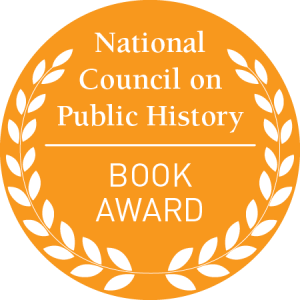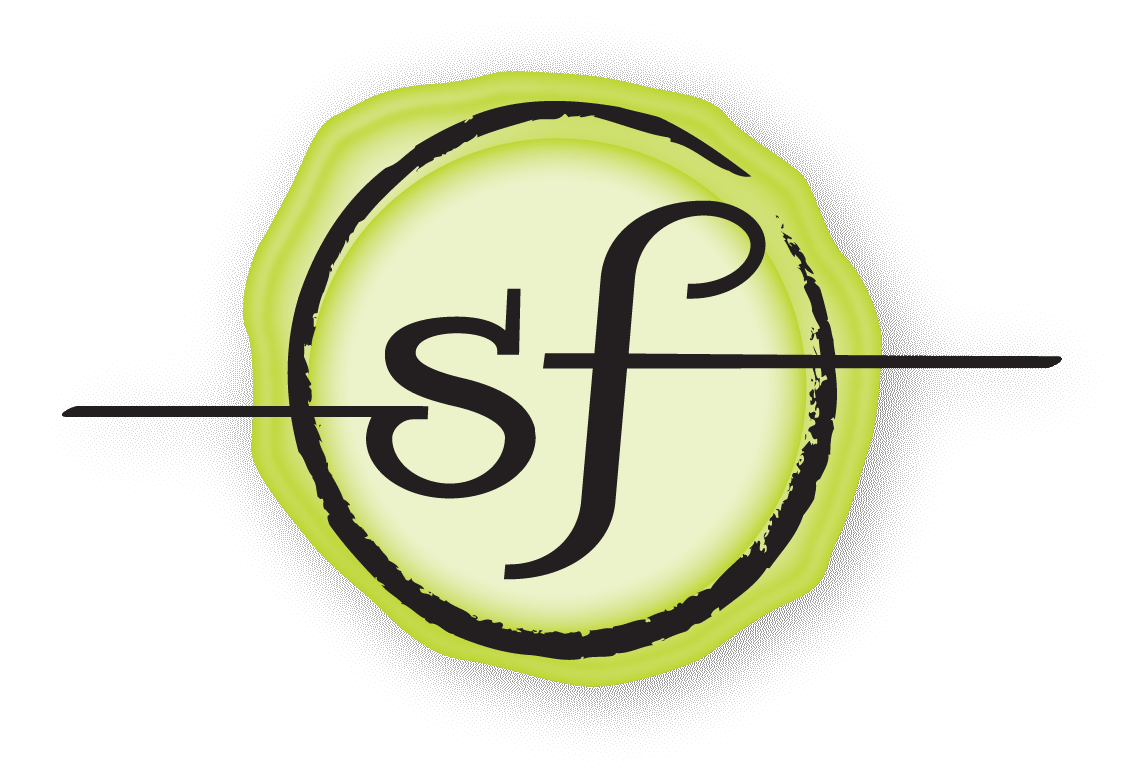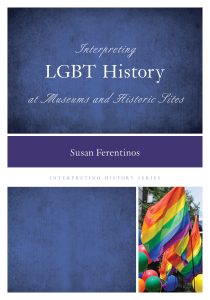 My name is Susan Ferentinos, and I believe that an understanding of the past is essential for building a rich and responsible future. Toward that end, my work combines the best historical practices with a commitment to relevance and connection. This vision has led me to a variety of efforts, such as collaborating with the National Park Service on over a hundred cultural resource and interpretive projects, writing a book on interpreting LGBT history, giving public presentations and tours of local historic sites, curating exhibits, working in libraries and archives, and advocating for a larger understanding within the historical profession of the potential of our work. While my experience has been wide and varied, the belief behind it has stayed the same: History has the power to change the present world.
My name is Susan Ferentinos, and I believe that an understanding of the past is essential for building a rich and responsible future. Toward that end, my work combines the best historical practices with a commitment to relevance and connection. This vision has led me to a variety of efforts, such as collaborating with the National Park Service on over a hundred cultural resource and interpretive projects, writing a book on interpreting LGBT history, giving public presentations and tours of local historic sites, curating exhibits, working in libraries and archives, and advocating for a larger understanding within the historical profession of the potential of our work. While my experience has been wide and varied, the belief behind it has stayed the same: History has the power to change the present world.
You can follow me on Twitter: @HistorySue
Interpreting LGBT History Wins Book Award
The National Council on Public History awarded its 2016 book prize to my book Interpreting LGBT History at Museums and Historic Sites (Rowman & Littlefield, 2015). In the words of the selection committee:
“Ferentinos bases her work in sound scholarship, providing a concise history of the subject matter—quite an achievement when she clearly argues that there is not one lesbian, gay, bisexual, and transgender (LGBT) history, but many. Following the historical overview, Ferentinos introduces three well-chosen case studies… Each offers insight for public history practitioners and students on the ways to find and implement such programs at their sites and museums. Following these case studies, Ferentinos offers considerations and recommendations for those interested in interpreting LGBT history… Ferentinos demonstrates that these histories can be unearthed, explored, and presented to enrich our understanding of the past and fulfill the goal of inclusive, relevant, and valuable public history. The work serves not only as a history, but as a guidebook for archivists, curators, and interpreters, and a resource in academic public history programs.”

